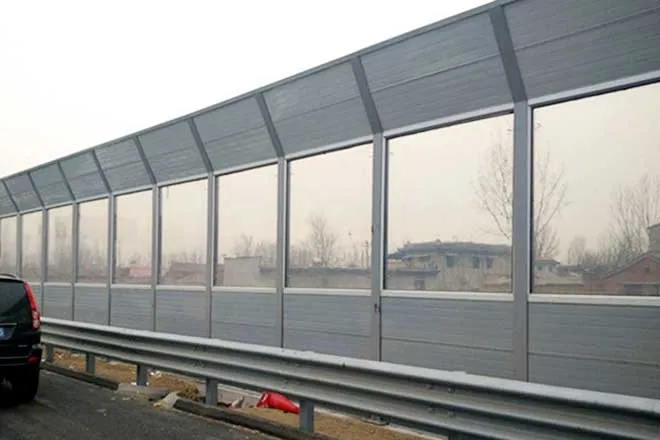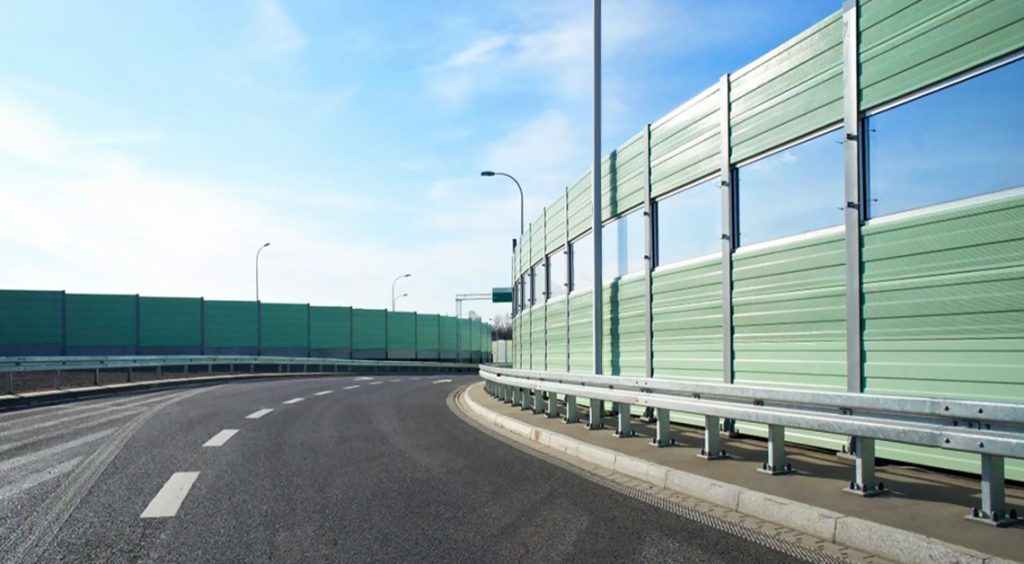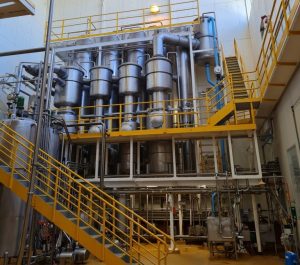
If you’ve ever managed a construction project in Singapore, you’ll know how tricky it can be to balance progress with peace. Between tight schedules, heavy machinery, and nearby homes, keeping noise under control is a real challenge.
That’s where NEA noise regulation residential guidelines come in. They’re not just red tape to deal with — they’re an important part of responsible urban building. And here’s the surprise: when you manage noise well, it doesn’t just keep the authorities happy. It actually helps your project run more smoothly, saves you money, and improves your company’s reputation.
Understanding NEA Noise Regulation for Residential Areas
Singapore’s National Environment Agency (NEA) sets specific noise limits for construction sites near residential zones. These limits are designed to protect people who live and work nearby, especially during sensitive hours such as evenings and weekends.
If your site sits next to HDB flats, schools, or offices, these regulations apply to you. It’s your responsibility to plan works, equipment use, and site layout so you don’t exceed the permitted levels.
Ignoring NEA noise regulations can lead to more than just fines. It can mean shorter working hours, repeated inspections, and even stop-work orders, all of which eat into your timeline and profits.

Why Noise Complaints Hurt More Than You Think
Anyone who has ever handled a noise complaint knows how disruptive it can be. One phone call from an unhappy resident can lead to a full inspection, temporary restrictions, or an official warning.
While the investigation runs its course, work slows down. Sometimes, teams are told to pause noisy activities altogether. And while the machines stay silent, the costs don’t. Labour, equipment rental, and overheads keep running, even if productivity drops.
In short, poor noise management turns into lost time and unnecessary expense.
Prevention Is Always the Cheaper Option
Good noise management is about planning ahead. Investing in proper barriers, sound-absorbing materials, and scheduling strategies might seem like an added expense at first. But compared to the cost of a project delay, it’s a small price to pay.
When you follow NEA noise regulation limits proactively, you keep control of your timeline. There’s no need to stop and start because of complaints or compliance checks. That means your team can keep working at full capacity and deliver on schedule.
Building Trust with Residents and Authorities
Construction sites often share walls, streets, or fences with people’s homes. Naturally, noise becomes personal for those living nearby. When residents see that a contractor is making real efforts to reduce disruption. For example, by installing acoustic barriers or regularly monitoring sound levels, it changes the tone of the conversation.
Instead of frustration, there’s understanding. Instead of complaints, there’s cooperation.
Showing respect for NEA noise standards also earns trust from the authorities. NEA officers are far more supportive when they can see that you’re serious about compliance. And that positive relationship can make future projects smoother to approve and manage.
Compliance Helps Projects Run More Efficiently
At first glance, noise compliance might feel like another task to juggle. In reality, it can make your entire project run more efficiently.
When you plan with noise limits in mind, you tend to make smarter decisions — positioning equipment thoughtfully, grouping noisy tasks together, and communicating clearly with your subcontractors. You’re less likely to run into surprise disruptions or forced changes later.
The result is a more predictable work rhythm and fewer delays. Everyone on site knows what’s allowed and when, which keeps things moving steadily from start to finish.
A Costly Lesson from Real Life
Consider a developer working on a new mixed-use project near an HDB estate. During the piling phase, noise levels exceeded the permitted threshold. Within days, residents began lodging complaints.
The NEA intervened and issued a temporary restriction on working hours. Suddenly, the piling crew could only work during limited daytime slots. What was meant to be a four-month task stretched to nearly six. The developer ended up paying more in equipment rental and labour costs than they would have spent installing noise barriers from the start.
It’s a tough lesson that many in the industry have learned the hard way — prevention is always cheaper than correction.
Modern Tools That Simplify Compliance
Thankfully, there are more tools than ever to help you stay within NEA limits without slowing your progress.
- Noise monitoring systems can track decibel levels in real time and alert you before you breach a threshold.
- Sound barriers and acoustic panels can significantly reduce noise spread, especially around high-impact areas like piling rigs or demolition zones.
- Digital reporting systems simplify documentation if you need to demonstrate compliance to NEA officers.
- Professional consultants can assess your site layout and recommend effective, compliant solutions from day one.
Using the right mix of these tools makes compliance easier, faster, and more reliable.
Long-Term Gains Beyond the Project
The benefits of staying compliant extend far beyond a single job. Developers and contractors who consistently follow NEA noise regulation standards earn a stronger reputation with clients and government bodies.
In a competitive market, that reputation becomes a real advantage. It can help your company win tenders, especially for projects in sensitive or high-profile areas. Clients prefer working with teams who can deliver results without the drama of public complaints or enforcement actions.
Compliance also contributes to smoother handovers, fewer disputes, and better post-project relationships, all of which have long-term business value.
A Step Towards Sustainable Urban Living
Noise control also fits into Singapore’s wider goal of creating liveable, sustainable neighbourhoods. As the city continues to build upwards and outwards, construction and community life will always exist side by side.
By managing noise responsibly, your project becomes part of that balance — one that allows progress without sacrificing comfort. It’s not just about following the rules; it’s about contributing to a better environment for everyone.
Conclusion: Compliance That Pays Off
Following NEA noise regulation standards might seem like an obligation at first, but it’s really an investment in smoother operations, stronger relationships, and better financial outcomes.
Compliance protects your schedule and your budget. It shows professionalism, earns trust, and opens doors to future opportunities.
In the end, the noise-mitigated sites often belong to the developers making the most noise, in the best possible way, about quality, safety, and responsibility.







